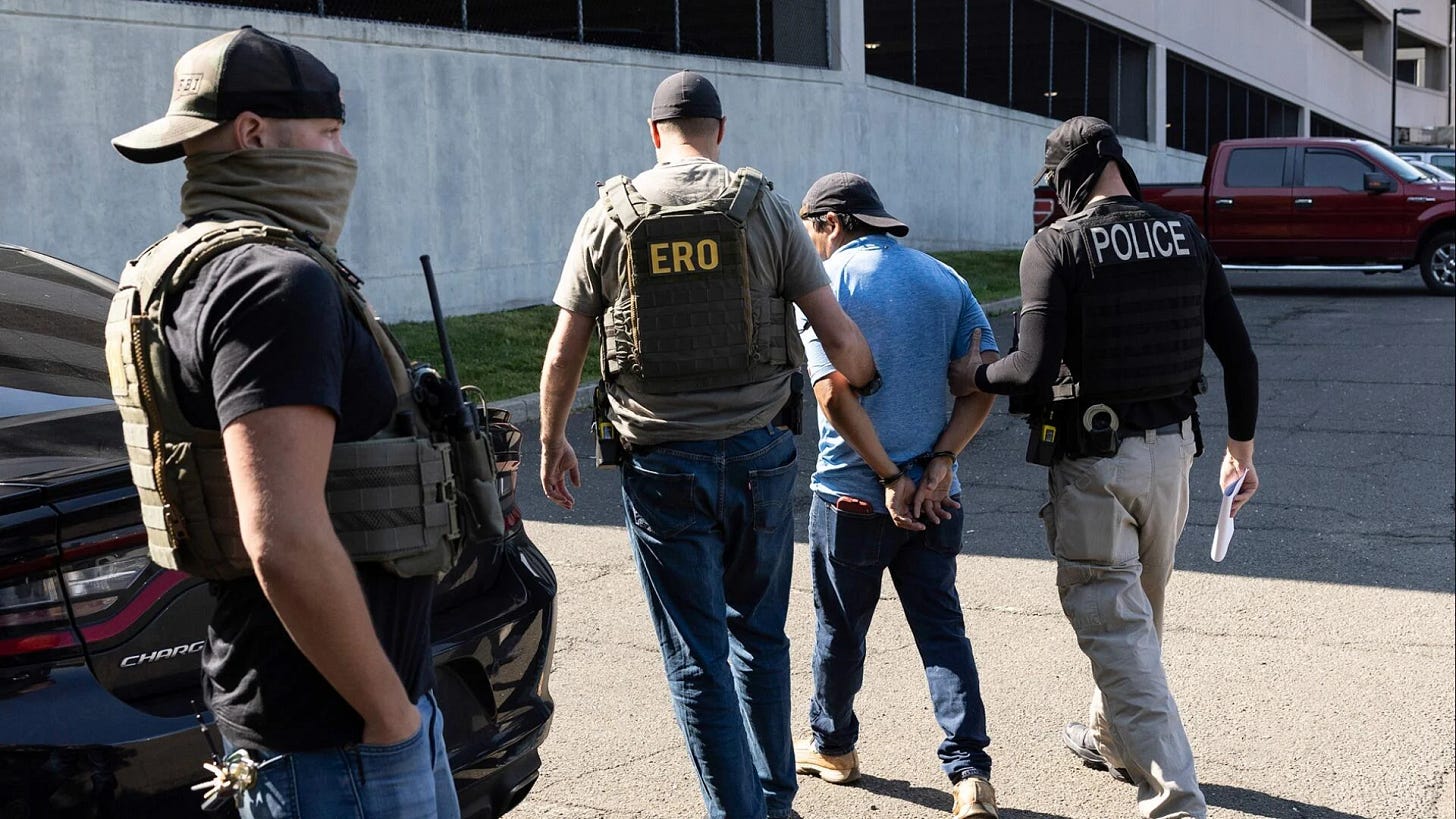Arrested After Justice? ICE's New Courthouse Tactic Faces Backlash
The growing legal challenges against this practice will undoubtedly shape its future.
Imagine walking out of a courthouse thinking your immigration case is one step closer to resolution—only to be arrested moments later by federal agents.
This isn’t a hypothetical scenario; it’s the reality many immigrants now face due to a controversial tactic introduced by Immigration and Customs Enforcement (ICE).
The approach involves dismissing immigrants’ cases in court, which removes legal protections, and then detaining them outside the courtroom. This strategy, widely criticized as both cruel and legally questionable, is leaving many individuals and families in turmoil.
Under this new practice, immigrants released at the border with a “notice to appear” in court are experiencing a distressing bait-and-switch scenario. Once ICE convinces a judge to dismiss a case—sometimes under the guise of a legal formality—the person no longer has any shield from immediate detention.
The Cuban immigrant referenced in a recent class-action lawsuit provides a striking example. Fleeing government oppression and horrific abuse in his home country, he came to the U.S. seeking safety. But when his case was dismissed in Miami this year, and his lawyer initially perceived it as a favorable outcome, he was arrested outside the courthouse and sent across the country to a detention center in Washington State, far from his U.S.-citizen wife.
The human cost of this practice is even more apparent when considering asylum seekers like a Venezuelan woman who was arrested during her first court hearing. A survivor of persecution and discrimination in her country, her plea for protection in the U.S. was cut short when ICE detained her mid-process.
Stories like hers, alongside others from the class-action lawsuit, highlight the harsh impact on immigrants who are often fleeing dangerous circumstances, only to be re-traumatized by these abrupt arrests.
Beyond the individual toll, this tactic raises serious legal and ethical questions. Immigrant advocates argue it undermines the integrity of the justice system and violates the principles of fairness in legal proceedings.
Critics also emphasize its chilling effect on court attendance, as fear of arrest may drive immigrants to skip hearings, triggering "in absentia" deportation orders. Legal practitioners warn that detaining individuals with no criminal history or flight risk disrupts lives needlessly, delaying a fair determination of their cases.
On a broader level, this policy casts a shadow over the future of U.S. immigration enforcement and its intersection with judicial processes. While ICE positions the tactic as a reversal of “catch and release,” experts note its inefficiency in achieving large-scale deportations and its potential to further erode trust in the immigration system.
The growing legal challenges against this practice will undoubtedly shape its future, but for now, the human cost is undeniable. With families separated, livelihoods uprooted, and trust in the courts shaken, this strategy has sparked a critical conversation about the balance between security and humanity in immigration policy.
Follow the Daily Chela to keep up with the latest.




